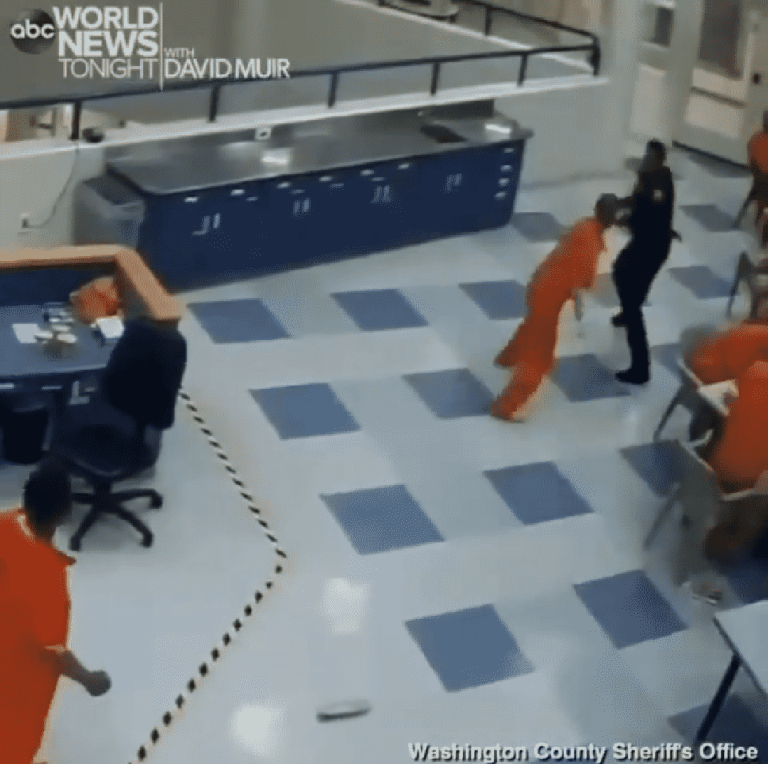
Attack on Deputy Guzman, What he has to say about the incident, Washington County, Oregon
Deputy Guzman in his own words, On March 31, 2019, I arrived to work and grabbed all my paperwork for my overtime post

Deputy Guzman in his own words, On March 31, 2019, I arrived to work and grabbed all my paperwork for my overtime post

Sneak Peak at Blackwater’s new 2011 pistol line up These new 2011 weapons from Blackwater will be totally manufactured in house and loaded with some

Has Arizona Governor Doug Ducey finally begun to drain his own swamp? Embattled Director Charles Ryan resigned from the Arizona Department of Corrections on September